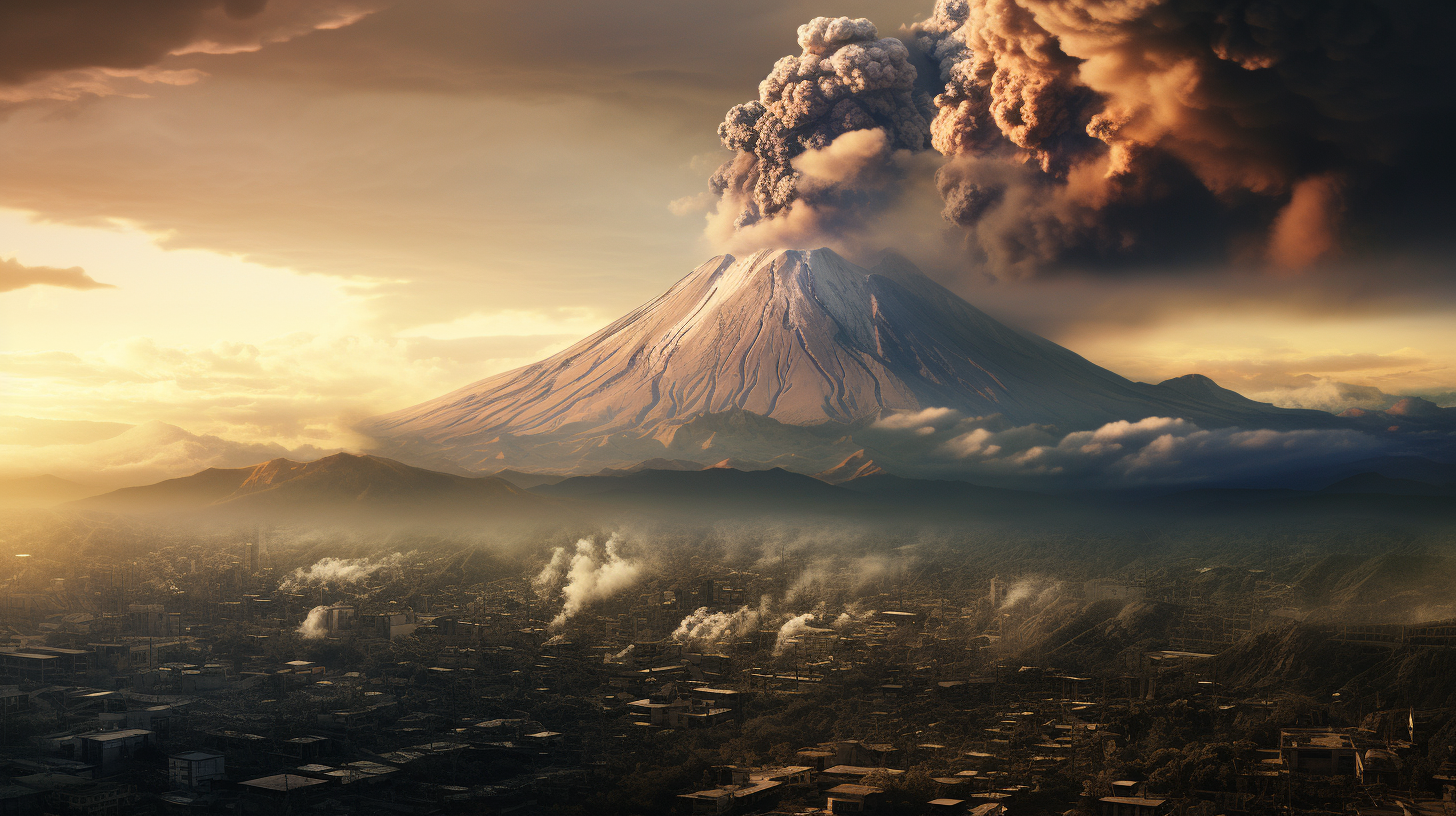In the twilight of our ecological saga, a somber reminder of Earth’s primordial forces has made its mark on the landscape of a world already marred by environmental disregard. The Ashfall Chronicles are not merely tales; they are windows into the inevitable reclamation that nature asserts when pushed past the point of no return. Today, these chronicles tell of skies shadowed not by the hand of man, but by the brooding plumes of volcanic rage.
In the current landscape, one need not venture into the realm of fiction to visualize a world shrouded in a veil of volcanic ash. The recent catastrophic eruptions have painted apocalyptic frescoes across our skies, casting a perpetual twilight that mirrors the darkness cloaking humanity’s future. From Krakatoa’s calming slumber disturbed, to the fury of Mount Vesuvius resurrected, the grandeur of these geological spectacles cannot be overstated, even as they herald the downfall of a society caught unawares.
The science of volcanology has never been more crucial, yet the paradox lies in its ignored warnings and underfunded research. It is through the eyes of the ever-vigilant scientists that we catch a glimpse of an enraged Gaia, her rumbling voice unheeded by those who once pledged to heed her every whisper. The Ashfall Chronicles delve into the intricate dance of tectonic plates, the fiery heart of our planet that beats with indifference to the surface dwellers it threatens to engulf.
As the ash settles on fields once lush and cities once vibrant, we observe an eerie stillness. Sunsets and sunrises, once spectacular canvases of color, are now muted under ash-laden atmospheres, creating a palette of grays and blood-reds that artists of the grim future would struggle to capture. Agriculture, the lifeblood of civilization, faces an existential threat as crops fail under ash-choked skies and sunlight struggles to pierce the murky veil.
A poignant chapter in the Ashfall Chronicles speaks of stories from the survivors, those who live beneath the shadow of these volcanic monoliths. They recount the moments of dread, the clamor for safety, and the heart-wrenching loss of both life and the illusion of human supremacy. “It was like being trapped in a tomb of ash,” whispers a survivor from a village on the flanks of Mt. Etna, painting a stark portrait of despair.
Yet, the chronicles are not devoid of a perverse beauty. They recount the haunting allure of cities turned to modern-day Pompeiis, a testament to the might of the natural world over the artificial constructs of man. They warn of the thinning veil between civilization and calamitous reversion to primeval chaos.
To pen an ending to the Ashfall Chronicles seems premature, for the saga of volcanic reclamation is ongoing. The layers of ash will thicken, the skies will darken further, and humanity’s resolve will be tested against the most honest of elements—fire, earth, air. It falls upon the readers, the witnesses of today, to ponder our impact and our legacy in shaping the story of tomorrow.
As we stand amidst the remnants of a climate-endangered society, we must question: is this the world we sought? Through the smog of progress, did we hasten the unforgiving fury of the Earth we claimed to love? The Ashfall Chronicles are a testament to our collective failings and the unrelenting power of our planet. Weaved within their grim narrative is a call to action, a desperate plea from the pages of a future that hopes never to be written.
